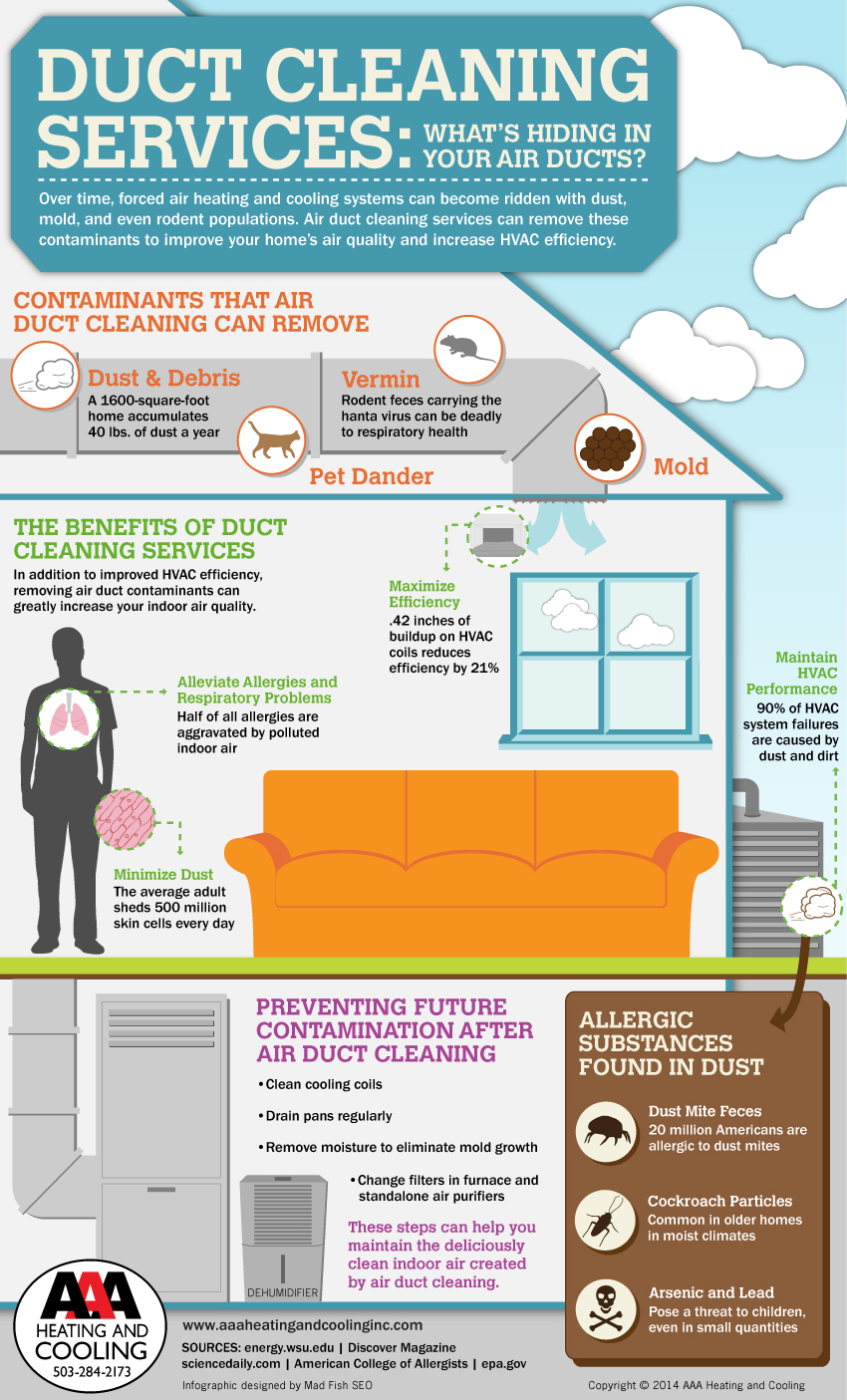The Future Of Home Home Heating - How Heatpump Innovation Is Evolving
The Future Of Home Home Heating - How Heatpump Innovation Is Evolving
Blog Article
Content Created By-Rosenthal Dominguez
Heat pumps will certainly be an essential innovation for decarbonising heating. In a circumstance constant with federal governments' introduced energy and environment dedications, their global ability doubles by 2030, while their share in home heating rises to one-quarter.
They function best in well-insulated homes and rely on electrical energy, which can be provided from a sustainable power grid. Technological advancements are making them extra efficient, smarter and cheaper.
Fuel Cells
Heat pumps make use of a compressor, cooling agent, coils and fans to relocate the air and heat in homes and devices. They can be powered by solar energy or electrical power from the grid. They have been acquiring popularity as a result of their inexpensive, peaceful operation and the ability to create electrical energy during peak power need.
Some companies, like IdaTech and BG MicroGen, are working with gas cells for home heating. These microgenerators can change a gas boiler and create a few of a house's electric requirements with a link to the electricity grid for the remainder.
But there are reasons to be hesitant of using hydrogen for home heating, Rosenow states. It would be expensive and ineffective contrasted to various other modern technologies, and it would certainly contribute to carbon exhausts.
Smart and Connected Technologies
Smart home technology permits home owners to link and manage their tools from another location with making use of smartphone apps. For example, smart thermostats can learn your heating preferences and immediately get used to optimize power consumption. Smart illumination systems can be managed with voice commands and immediately shut off lights when you leave the space, decreasing power waste. And smart plugs can keep an eye on and handle your electric use, enabling you to identify and limit energy-hungry home appliances.
https://www.globenewswire.com/news-release/2020/12/21/2148647/0/en/IES-Holdings-Acquires-Bayonet-Plumbing-Heating-Air-Conditioning.html -savvy home portrayed in Carina's interview is an excellent picture of how owners reconfigure space heating practices in the light of new wise home technologies. They rely on the gadgets' automated features to execute day-to-day modifications and regard them as a hassle-free means of conducting their heating practices. Because of this, they see no reason to adjust their techniques additionally in order to make it possible for flexibility in their home energy need, and interventions targeting at doing so might face resistance from these households.
Power
Considering that warming homes represent 13% people emissions, a switch to cleaner choices might make a large difference. However the technology deals with difficulties: It's costly and needs comprehensive home restorations. And it's not constantly compatible with renewable energy sources, such as solar and wind.
Up until recently, electrical heat pumps were also expensive to compete with gas versions in many markets. However brand-new technologies in style and materials are making them much more economical. And far better chilly environment performance is enabling them to work well even in subzero temperatures.
The next step in decarbonising heating may be the use of heat networks, which draw heat from a central resource, such as a neighboring river or sea inlet, and disperse it to a network of homes or buildings. That would lower carbon discharges and allow families to benefit from renewable resource, such as environment-friendly power from a grid provided by renewables. This option would certainly be less expensive than switching to hydrogen, a fossil fuel that calls for brand-new infrastructure and would only lower carbon dioxide exhausts by 5 percent if coupled with improved home insulation.
Renewable resource
As power rates go down, we're starting to see the exact same trend in home heating that has actually driven electrical vehicles into the mainstream-- however at an even much faster rate. The solid environment instance for electrifying homes has been pushed better by new study.
Renewables account for a considerable share of modern warm intake, however have actually been provided restricted plan focus worldwide contrasted to other end-use fields-- and even much less interest than electricity has. Partly, this reflects a mix of consumer inertia, split rewards and, in several nations, subsidies for fossil fuels.
New technologies can make the shift less complicated. For example, heatpump can be made extra energy effective by replacing old R-22 refrigerants with new ones that do not have the high GWPs of their predecessors. Some specialists additionally imagine district systems that attract warmth from a nearby river or sea inlet, like a Norwegian arm. The warm water can after that be utilized for heating and cooling in a neighborhood.